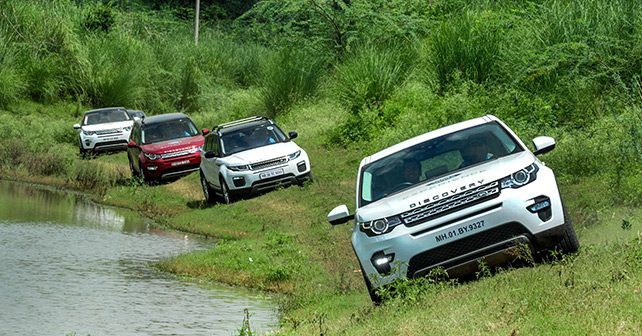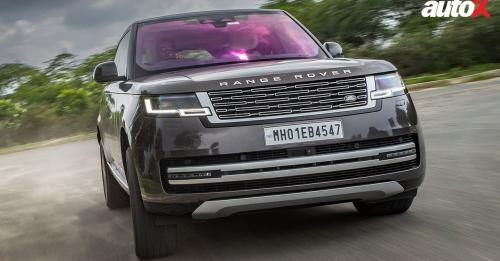Over six decades of building incredible off-road vehicles has resulted in Land Rover’s brilliant Terrain Response System, which is so good that it makes amateurs look like Camel Trophy professionals.
In our previous issue we took a bunch of luxury SUVs off-road. And, if you read the article, you’d know that the Land Rover Discovery Sport was the most capable machine when it came to dealing with the rough stuff. In fact, my ability to explore unchartered terrain was restricted thanks to the company of a bunch of other luxury crossovers that weren’t quite as happy to go mud plugging as the Landie.
Well, someone seems to have answered my prayers – as Land Rover sent us an invite shortly thereafter to go off-roading in some of their cars – properly! And when you have a man such as Ashish Gupta (the man behind Cougar Motorsport) heading the initiative, you know that it’s going to be a good one. Oh, and did I mention that he drives a Land Rover Defender.
For this leg of the Land Rover Experience, Ashish and his gang had carved out a pretty neat track around Damdama Lake in Haryana to show us some of the off-road capabilities of the Land Rovers of today.
At the heart of the matter is the company’s high tech Terrain Response System, which is electronic wizardry that uses sensors and ECUs to detect the level of traction at each wheel in order to decide just how much engine power or braking force to dish out. However, the amount of power and braking force required during off-roading are variable factors depending on the surface below the tyres. Aiding the driver in this regard is the Terrain Response System, which comes with five driving modes – General, Sand, Grass / Gravel / Snow, Mud & Ruts, and Rock Crawl.
Land Rover says this system is practically like having an expert off-road driver onboard, and this is absolutely true. We were driving over grass and gravel primarily, and the way the four-wheel drive system behaved was nothing short of eerie. Usually I’m used to modulating the throttle and brakes, changing gear constantly and shuffling the steering wheel in the Gypsy while trying to drive over obstacles such as the ones we had here. But in the Evoque I was driving on this occasion, all I had to do was modulate the throttle and the vehicle took care of the rest – constantly cutting off throttle at the right time, dabbing the brakes just a little on a wheel here, while sending more power to a wheel there. I’ve driven these modern Land Rovers a fair bit, but, honestly, I can never get over the fact that these vehicles just seem to do all the driving over difficult terrain on their own – while I’m relegated to the role of being merely a prop behind the wheel.
And don’t even get me started on the Hill Decent System, which requires me to just adjust the speed limit on the cruise control system before coming down a hill. From there on the vehicle pretty much drives itself down the steepest of cliffs, while braking and accelerating on its own – leaving me to put an immense amount of faith in the electronics. Needless to say, it yields an impressive heart-in-mouth experience everytime!
It’s the same story no matter which Land Rover you drive today, these machines are just so good off-road that they make driving over the most difficult terrain an absolute cakewalk.
Also read: Fifth-gen Land Rover Discovery incoming!




























Write your Comment